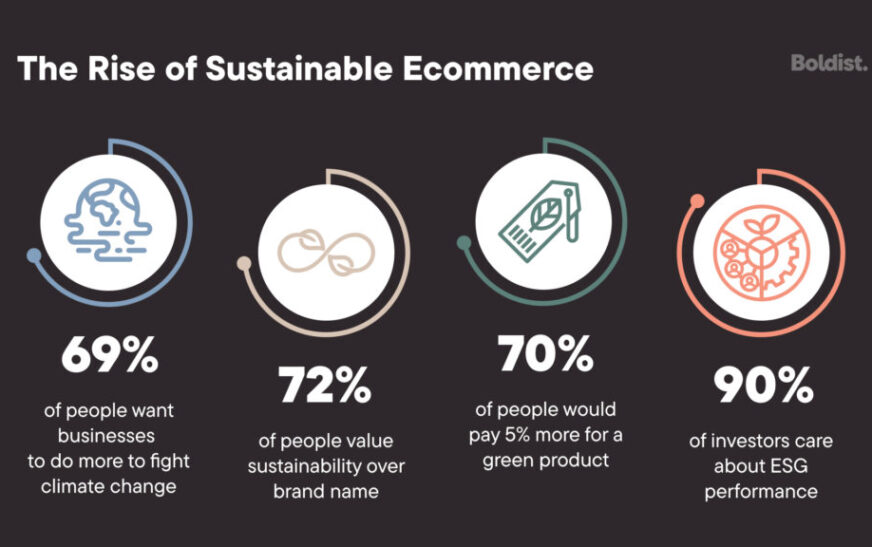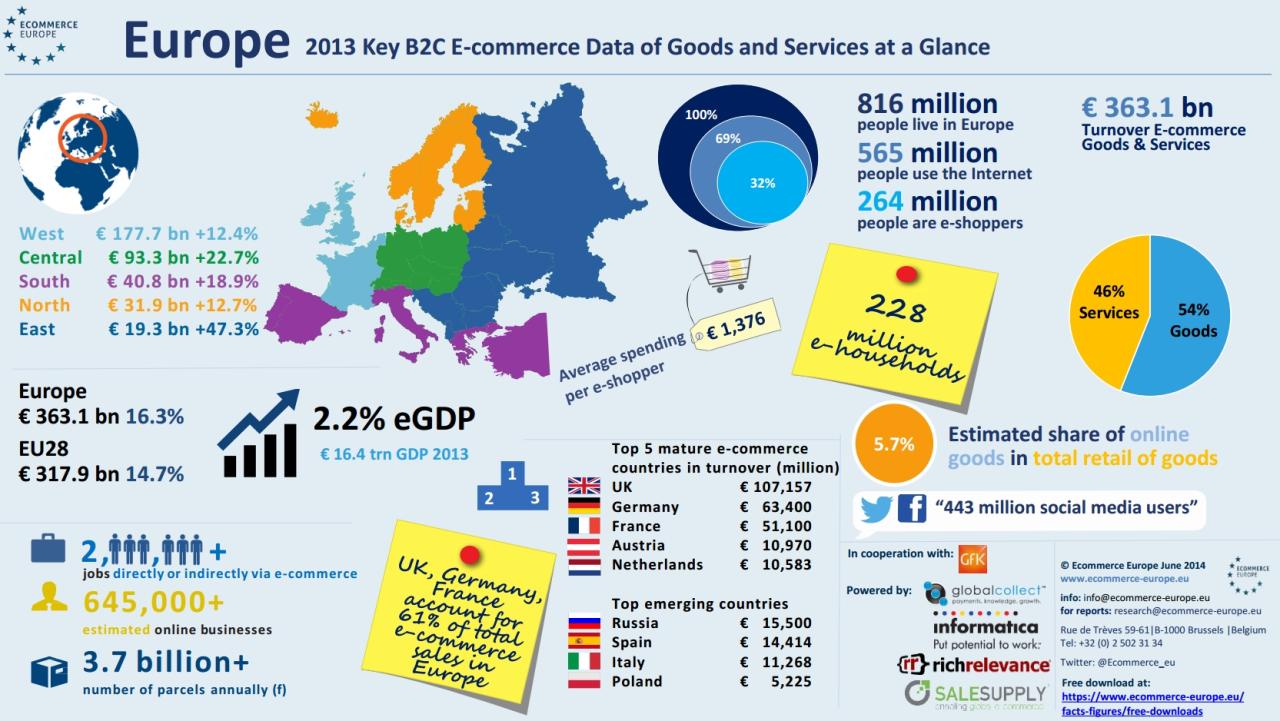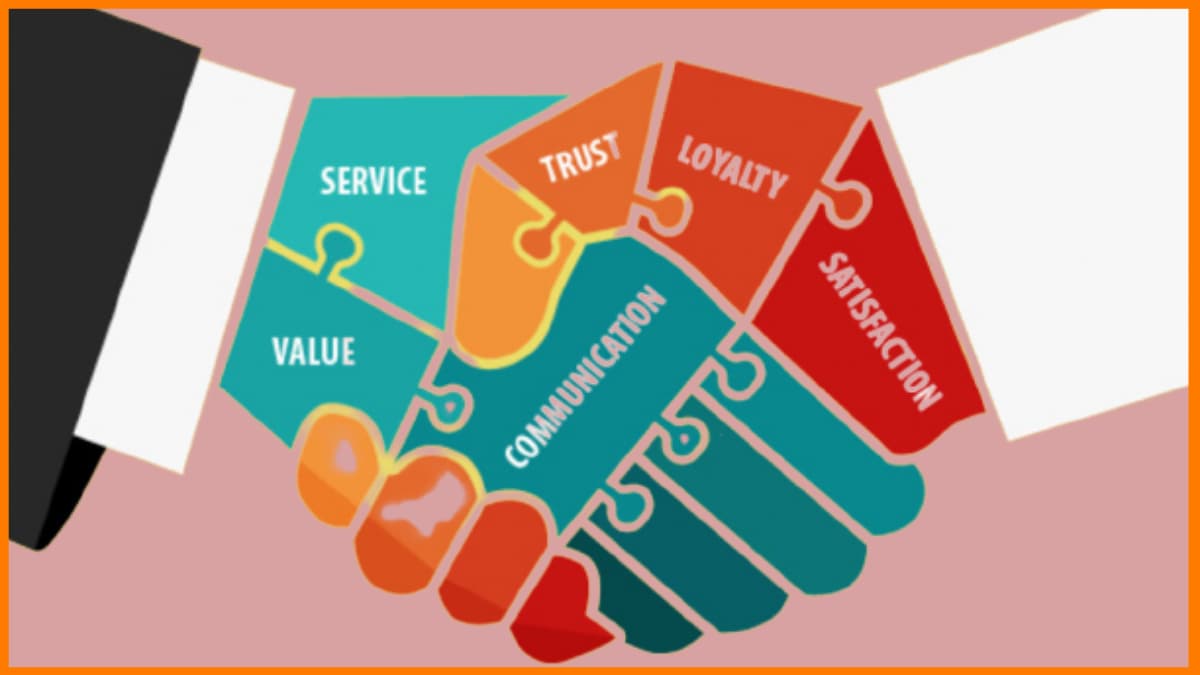Exploring the landscape of Sustainable Ecommerce Practices to Watch in 2025, this introduction sets the stage for a deep dive into the upcoming trends and innovations shaping the future of e-commerce.
Providing insights on sustainable packaging, ethical sourcing, renewable energy, and circular economy initiatives, this overview primes readers for a comprehensive look at the evolving sustainability practices in the e-commerce industry.
Sustainable Packaging Innovations
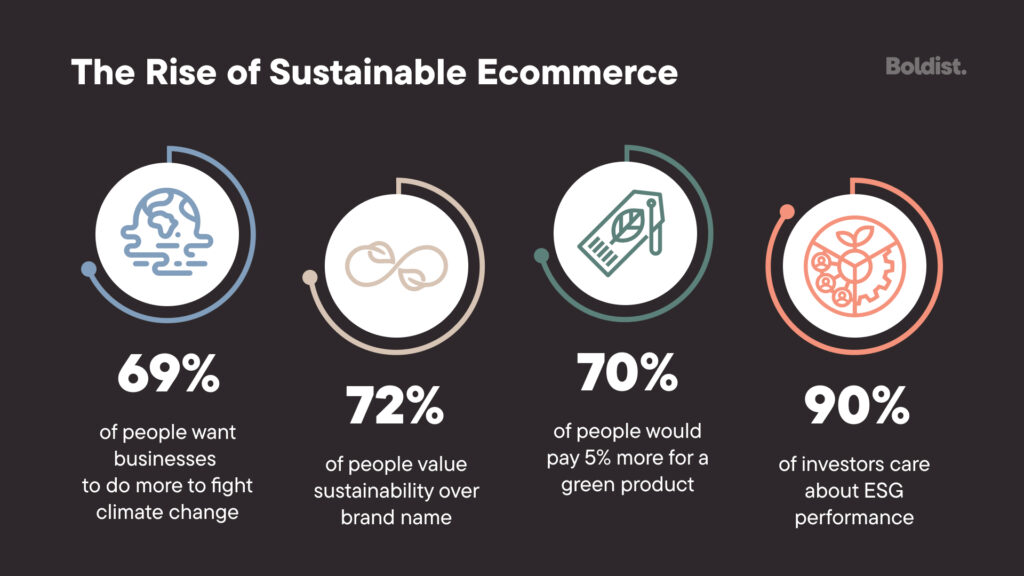
As e-commerce continues to grow, the need for sustainable packaging innovations becomes more pressing. Eco-friendly packaging materials are at the forefront of this trend, offering solutions to reduce the environmental impact of shipping and delivery processes.
Sustainable packaging plays a crucial role in reducing the carbon footprint of e-commerce businesses. By using biodegradable materials and minimizing waste, companies can lower their overall environmental impact and contribute to a more sustainable future.
Different Biodegradable Packaging Options
- Biodegradable Plastics: These are made from renewable resources and break down much faster than traditional plastics, reducing the amount of plastic waste in landfills.
- Mushroom Packaging: Utilizing mycelium, the root structure of mushrooms, this packaging material is biodegradable, compostable, and can be grown in a matter of days.
- Plant-based Materials: Packaging made from plants like corn, sugarcane, or bamboo are renewable, compostable, and offer a sustainable alternative to traditional packaging materials.
- Recycled Paper and Cardboard: Using recycled paper and cardboard for packaging helps reduce the demand for new materials, lowering energy consumption and emissions in the production process.
Ethical Sourcing and Supply Chain Transparency
Ethical sourcing plays a crucial role in sustainable e-commerce practices as it ensures that products are sourced in a responsible and sustainable manner. This involves considering the social and environmental impact of sourcing materials, labor, and production processes.
Supply chain transparency is equally important as it allows consumers to track the journey of a product from sourcing to delivery. This transparency builds trust with environmentally conscious consumers who want to make informed purchasing decisions and support companies with ethical practices.
Companies Implementing Ethical Sourcing Policies Effectively
- Patagonia: Known for its commitment to sustainability, Patagonia has implemented strict ethical sourcing policies to ensure fair labor practices and environmental responsibility throughout its supply chain.
- Everlane: This fashion company is transparent about its pricing and sourcing, providing detailed information about the factories and materials used to produce their clothing, promoting ethical practices.
- TOMS: With its "One for One" model, TOMS not only donates a pair of shoes for every pair sold but also maintains ethical sourcing practices by working closely with suppliers to ensure fair wages and safe working conditions.
Renewable Energy Integration
In the quest for sustainability, e-commerce businesses are increasingly turning to renewable energy sources to power their operations. Transitioning to solar or wind energy not only helps reduce carbon footprint but also brings about numerous benefits for businesses.
Benefits of Renewable Energy Integration
- Cost Savings: By generating their own renewable energy, e-commerce companies can significantly reduce their electricity bills in the long run.
- Environmental Impact: Utilizing solar or wind energy helps in reducing greenhouse gas emissions, thus contributing to a cleaner environment.
- Brand Reputation: Embracing renewable energy showcases a commitment to sustainability, which can enhance brand reputation and attract eco-conscious consumers.
- Energy Independence: Relying on renewable sources ensures a stable and reliable energy supply, reducing dependence on traditional energy grids.
Case Studies of Successful Renewable Energy Integration
1. Amazon
The e-commerce giant has invested heavily in solar energy, with solar installations on its fulfillment centers and warehouses across the globe. This initiative has helped Amazon reduce its carbon footprint and achieve sustainability goals.
2. IKEA
Known for its commitment to sustainability, IKEA has integrated renewable energy sources like solar and wind power into its operations. The company aims to become energy independent by generating as much renewable energy as it consumes by 2025.
Circular Economy Initiatives
The concept of circular economy initiatives in e-commerce focuses on reducing waste and maximizing the use of resources by keeping products and materials in circulation for as long as possible. This approach aims to create a more sustainable business model that minimizes the impact on the environment.
Product Life Extension
Product life extension involves strategies to prolong the lifespan of products, thereby reducing the need for constant production of new items. By repairing, refurbishing, or repurposing products, companies can extend their useful life and minimize the environmental impact of disposal.
This practice not only reduces waste but also allows consumers to enjoy products for a longer period.
- Offering repair services for electronic devices to extend their usability.
- Implementing take-back programs for used products to refurbish and resell.
- Creating modular designs that allow for easy replacement of parts to prolong product life.
Companies Implementing Circular Economy Practices
Several companies have embraced circular economy principles in their e-commerce strategies to promote sustainability and reduce waste. One notable example is Patagonia, a clothing retailer known for its Worn Wear program, which encourages customers to repair and recycle their clothing items.
Another example is Loop, a platform that partners with brands to offer reusable packaging options, reducing single-use plastics in the supply chain.
- Patagonia's Worn Wear program promotes product repair and reuse, extending the lifespan of clothing items.
- Loop partners with brands to provide reusable packaging options, reducing waste in the packaging process.
- H&M offers a garment collection program where customers can return used clothing for recycling into new products.
Last Word
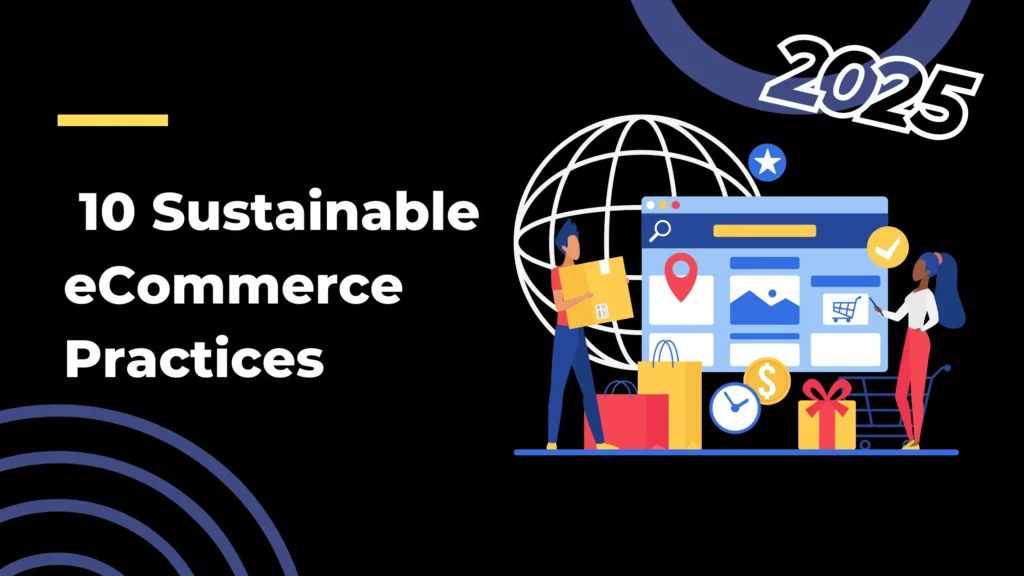
In conclusion, the discussion on Sustainable Ecommerce Practices to Watch in 2025 highlights the pivotal role of sustainability in driving innovation and growth in the online retail sector. As businesses gear up for the future, embracing these practices will not only benefit the environment but also foster consumer trust and loyalty.
Detailed FAQs
What are some examples of biodegradable packaging materials for e-commerce businesses?
Some examples include compostable packing peanuts, mushroom packaging, and biodegradable plastic alternatives like PLA.
How can renewable energy sources be integrated into e-commerce operations?
E-commerce businesses can adopt solar panels, wind turbines, or purchase renewable energy credits to transition to sustainable energy sources.
What is the significance of implementing circular economy practices in e-commerce models?
Implementing circular economy practices allows businesses to reduce waste, promote resource efficiency, and create a more sustainable product lifecycle.

